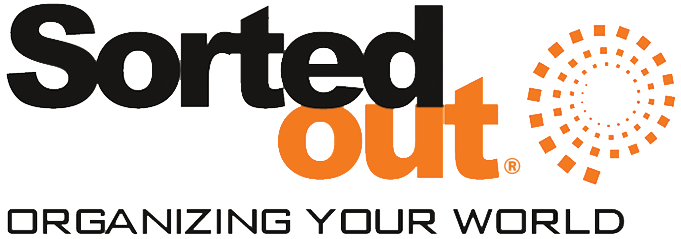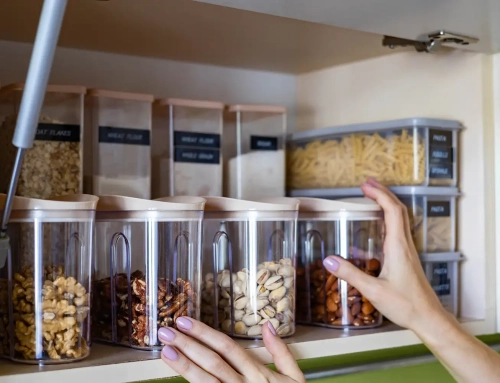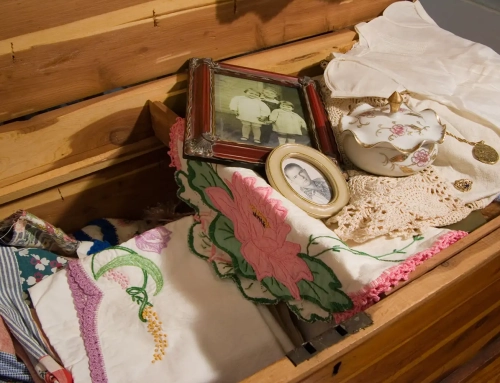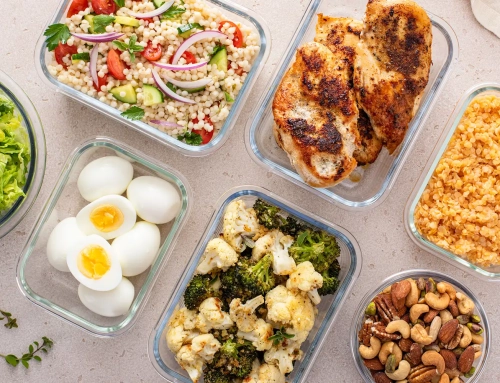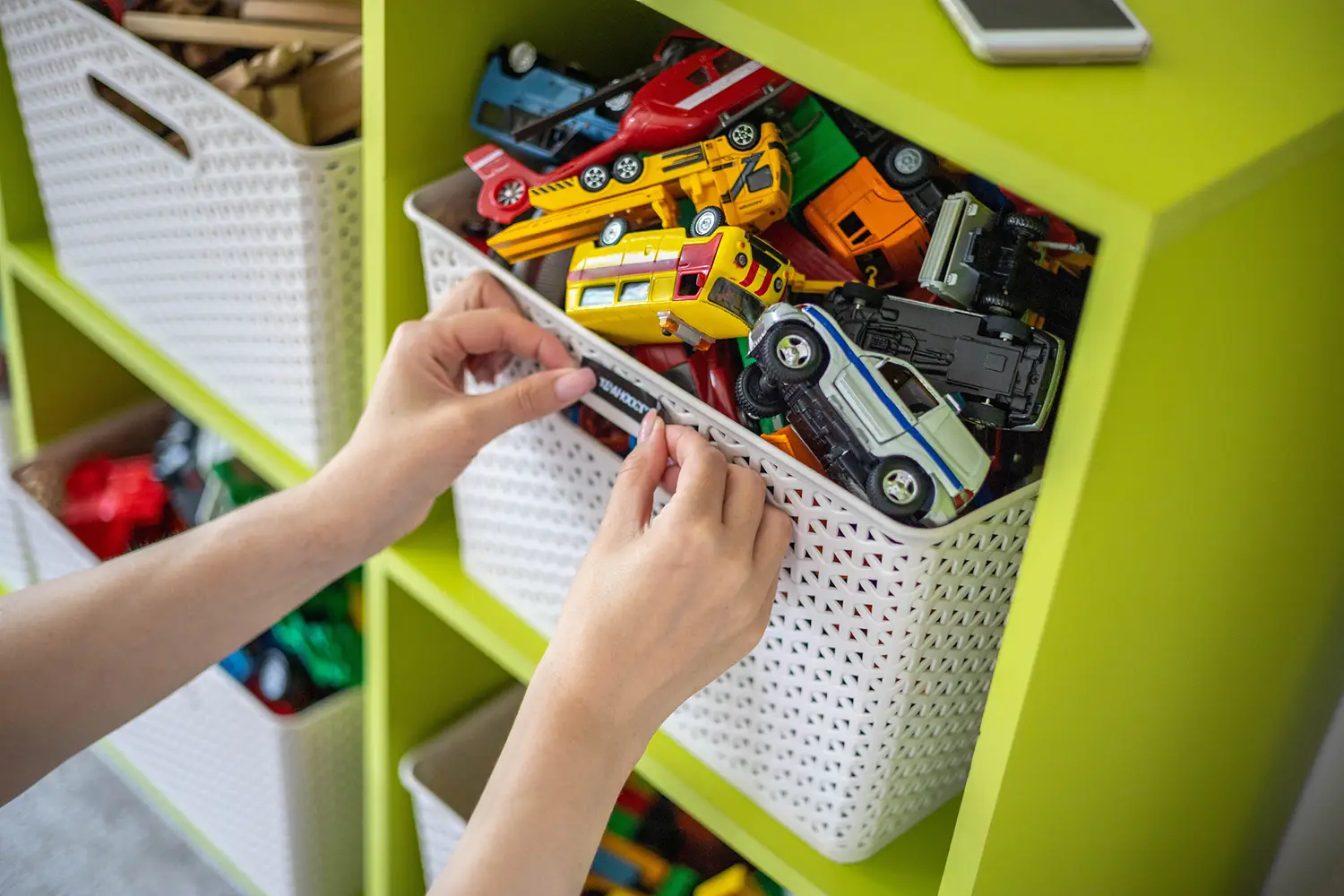
I hope you’ve all been having a lovely summer! We’ve been busy busy over here, but I thought now was a perfect time to talk about something that doesn’t often scream “organized”…your kids! Yes, of course, kids are going to add chaos, clutter, and STUFF to your home. However, while they may be a root cause of disorganization, it’s important that they learn to have an involved role in keeping their space neat and organized. Plus, the sooner they begin to appreciate organization, the more helpful they can be to you! So, let’s discuss the best ways to spark their motivation and get those kids involved!
Give them a checklist/to-do list
I’ve said it before and I’ll say it again, checklists are one of the most helpful organization tools at our disposal! And what works for us adults? It often also works for kids! By making your children a checklist it will help teach them to prioritize, plan out tasks, and set goals. Checklists are also critical in beginning to learn time management techniques. You want to start small: maybe one list for a specific and short duration of time (after homework, before bed, or maybe a weekend checklist). Keep your first lists for them minimal. Then, as they get used to referring to their checklists, you can add additional tasks for them to work on.
Display their checklist where they can see it throughout the day and make it fun for them to check off items. You may establish a routine that allows them to add stickers for each completed task. Or, allow them to customize the page the list is created on. Something as simple as using paper with their favorite sport, character, or colors will make it more appealing. Giving children a to-do list will help foster independence, teach them good habits, and (if done correctly) will create confidence. They will get excited as they begin to check items off their list, and being able to visibly see their progress as they check items off will establish a sense of accomplishment in them!
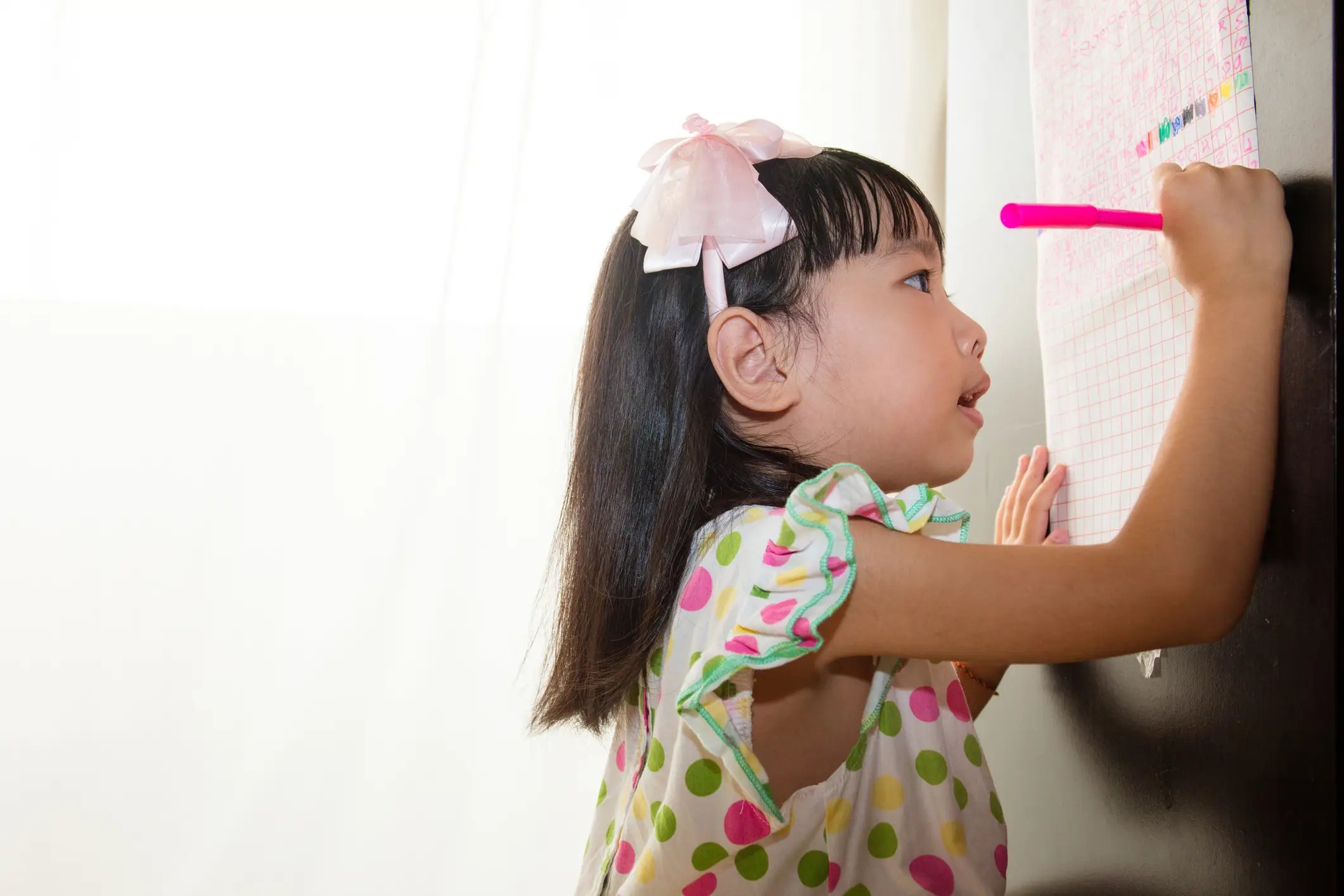
Break up their tasks into chunks
Establishing a to-do list as a routine is great for children, and it naturally helps “chunk” larger projects or tasks. Simply telling a child, “Let’s try to keep the house tidy today” is not a realistic expectation. Break up this full-day-project into a list of more manageable tasks to allow them to work toward that goal in chunks. Making a checklist that reads:
- Put blocks back in storage box
- After lunch, put away markers and coloring books
- Before dinner, pick up toys and books
- Before bath, put laundry from today in your hamper
This is going to make the task (“try to keep the house tidy today”) obtainable for a child. It’s also important that they are shown their progress on tasks. Teach them that every task has a beginning, a middle, and an end. For example, “take out the trash” can be broken down into the following “steps” so children are clear on what must be accomplished:
- First, everything must be picked up and put in the trash/recycling bin
- Then, you must remove the trash bag and take it to the container for pick up
- After, the bag in the bin needs to be replaced with a fresh, empty bag
This beginning, middle, end or “checklist chunking” can be done with ALL chores! It isn’t the task itself that’s important. What’s important is that your kids see all responsibilities can be broken down into smaller, more obtainable tasks that will help them accomplish larger goals.
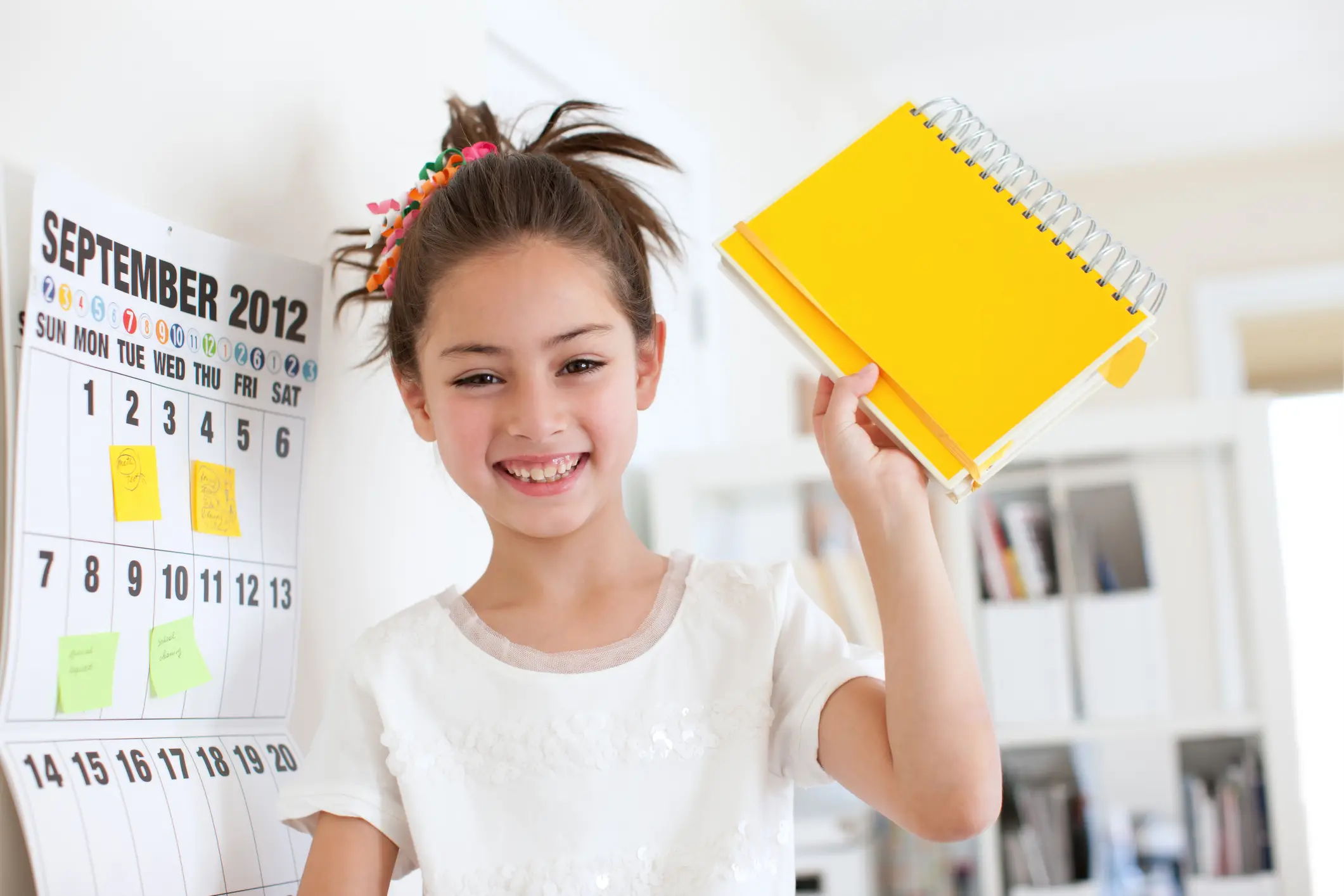
Wall Calendar or Planner
This is certainly one of those “tried and true!” organizational tools. A calendar or planner is a fantastic time management tool… even for kids! If a child has a calendar or planner it will help show them the importance of managing their time, give them something of their own to refer to, and will provide them with a sense of responsibility to keep it updated. Encourage them to add their extracurricular activities, any time after school they want to dedicate to homework, project due dates, etc. You can even create a fun game to estimate how much time they think they’ll need for each task/appointment. As they complete their tasks each day, they can record the actual time each took in their planner or calendar.
Just as letting them have a say in the design/look of their checklist can be good motivation, allowing them to find and pick out a fun, colorful planner will help engage them as well. You may find that something such as a dry erase board where they can doodle and add fun images, or a planner with stickers and a variety of colorful, scented, or sparkly pens may increase their excitement. Letting them pick the type/look of the planner or calendar will certainly help them buy into their new responsibilities.
Create a daily routine and have your child include this on their calendar/in their planner. They will begin to learn what they can expect throughout each day and will manage their time accordingly with the tasks or activities they have throughout the week. The recorded plan and daily routine will also help them to better think ahead and value planning. They will feel more secure knowing what to expect and it also allows them space/time to figure out alternative solutions if something unexpected comes up or if a problem arises.
Color coding!
Color coding is helpful for everyone, but especially for kids with ADHD. Assign colors for each school subject and keep the colors consistent throughout everything. For example, if they choose red for math, then the color of their math binder & notebook should be red. If their math homework is due on Friday, write the due date for that assignment in red ink on the calendar or in the planner. Staying consistent with color coding will help your child keep track of tasks and easily decipher what they have coming up that day/week/month.
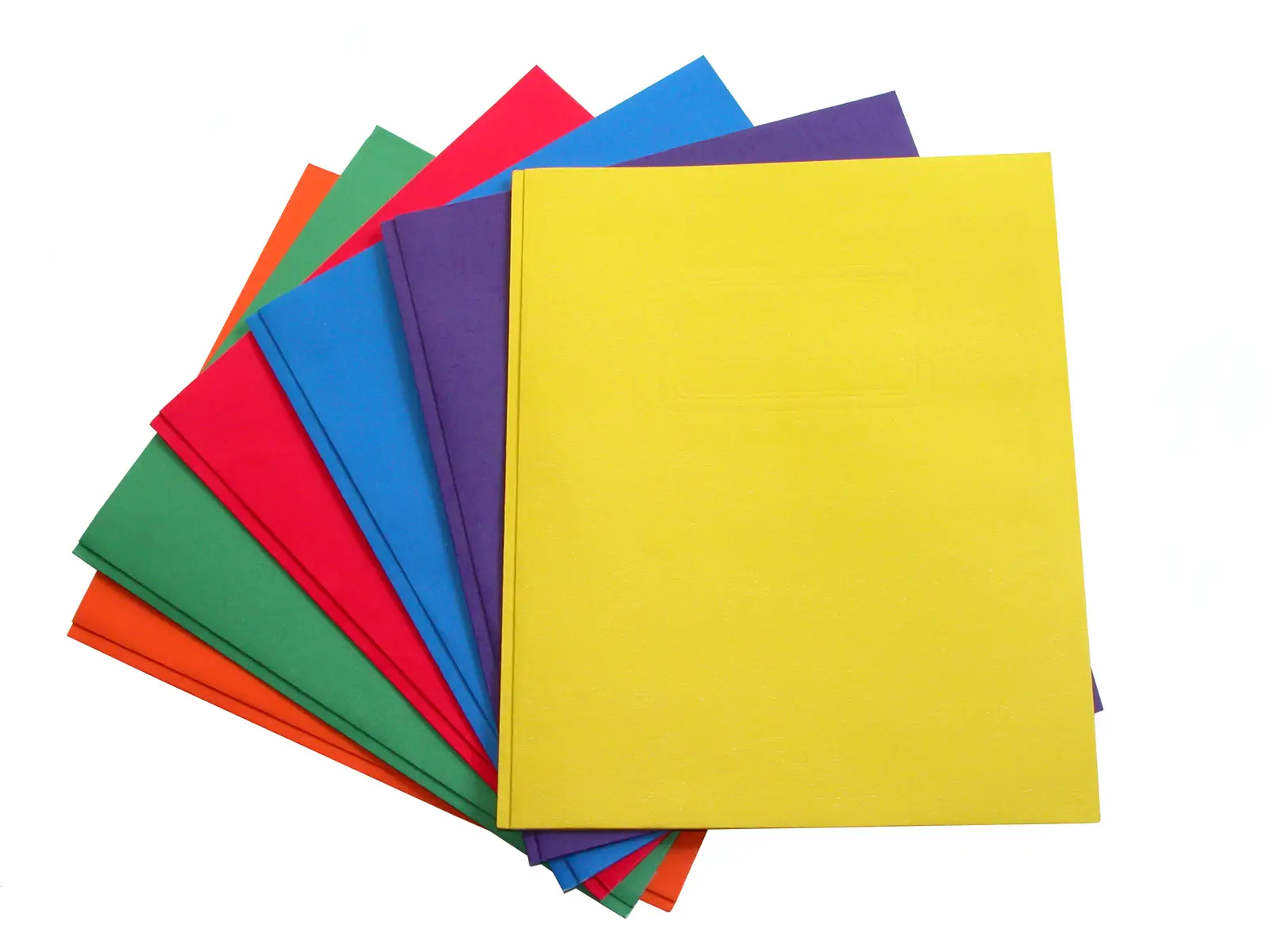
Develop fun games & songs to help your child
Another tried and true way to enhance a child’s involvement in organization: make it a game or song! Have a song for picking up items laying around their rooms or playroom so that the task itself doesn’t seem as mundane. Creating a game or song will help your child get excited when anticipating a chore or task. In our house, we use the song as a game. We’ll ask Alexa to, “Play the clean-up song” and then see if we can clean up faster than the end of the song is reached. Or, we’ll make it a friendly competition and see who can tidy up their room in the least amount of songs played. You may also create a fun riddle or something for your child to repeat in order to help remind them of certain things they need to do daily (such as clean out their backpacks after school).
“Organized kid” does not have to be an oxymoron! They’re children, so of course it may seem like a battle not worth picking at times, but I promise you it is important. Not so much so that your house is always in a state of perfection, but so that your kids can begin to develop and foster what will become good lifelong organizational habits. Does it have to be a flawless and strict system or routine? Absolutely not. But by getting them motivated and involved early you will be setting them up for success in the future. If you have any questions or want to know more about how to best approach organization for children of different ages, don’t hesitate each out to us at info@sortedout.com; we’d be happy to help!
Looking forward to hearing from you,
Tonia
Request a Consultation
There are so many ways that organization can help take back a space that is overwhelming and bring it to functional! We are excited to help start your journey to an organized and productive space.
